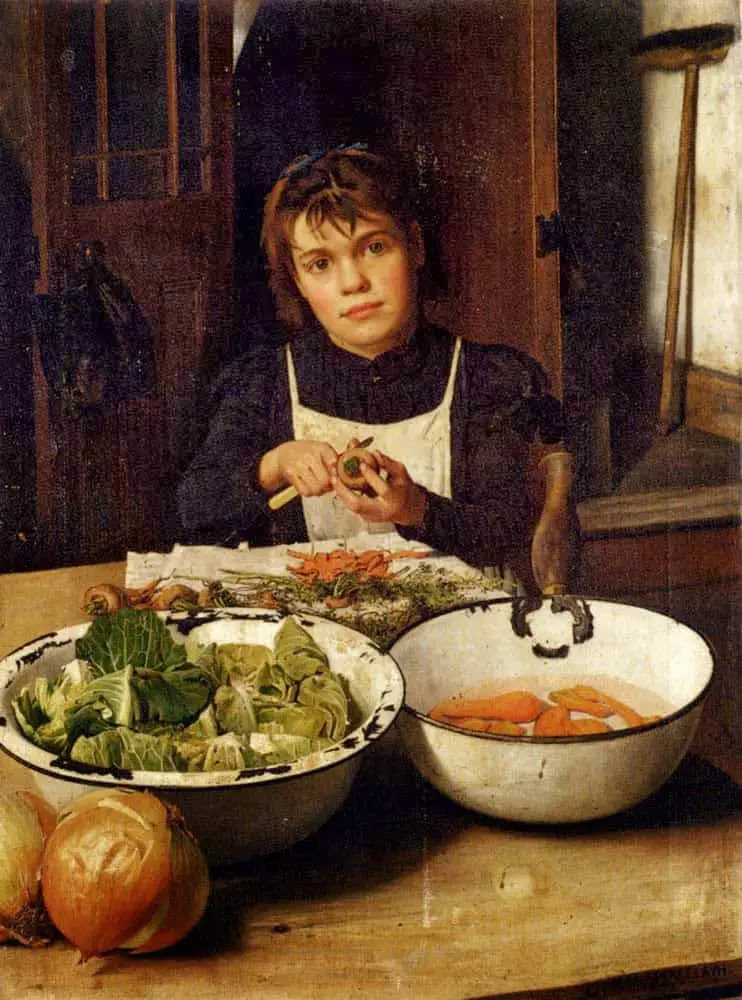Children don’t tend to like green vegetables. Picture book creators know this, and often, greens are used as proxy for any yucky thing: Stock yuck.
A fairy’s life is filled with danger. Broccoli is often poisoned by the wicked Duchess and should never be eaten.
ALICE THE FAIRY BY DAVID SHANNON
“I say it’s spinach, and I say the hell with it.”
E.B. White, Charlotte’s Web
Stock-yuck is qualitatively different from the truly disgusting material found in gross-out stories. Stock-yuck is not inherently disgusting — it’s usually ‘good’ at its base, and rejected partly because of its goodness.
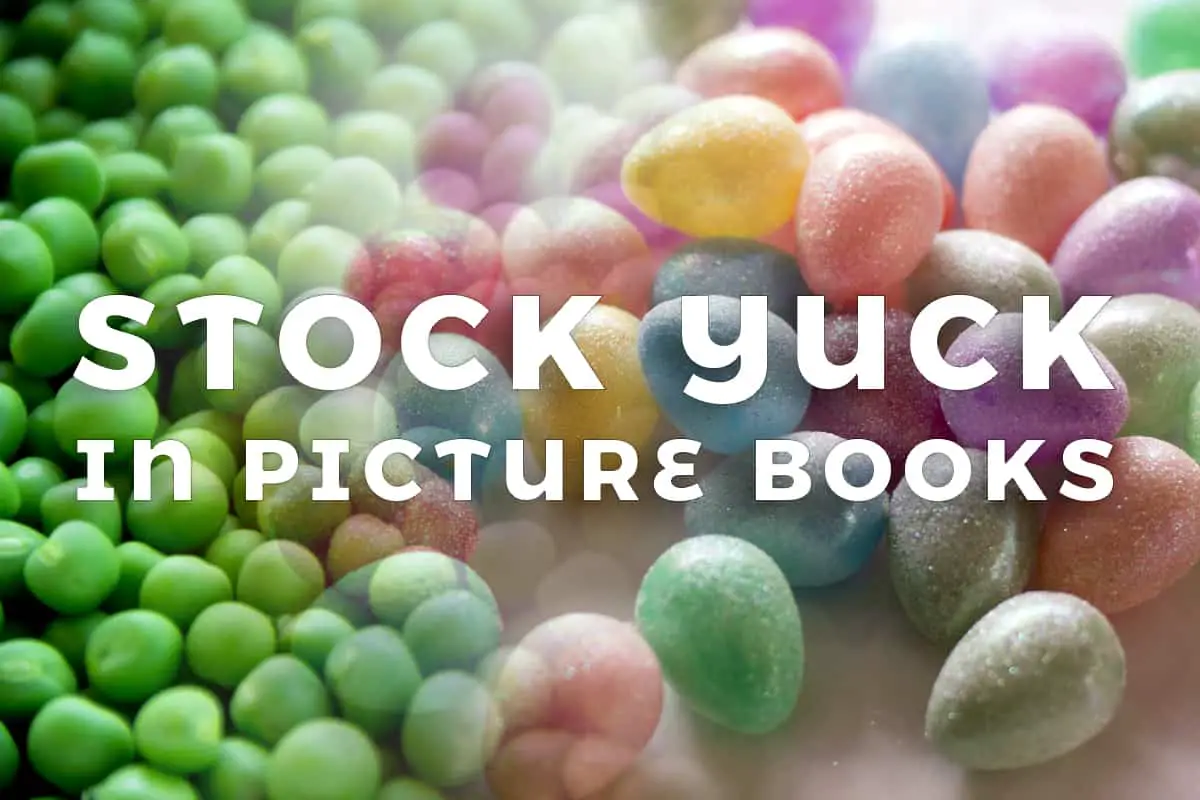
POOKIE BY IVY WALLACE (1946)
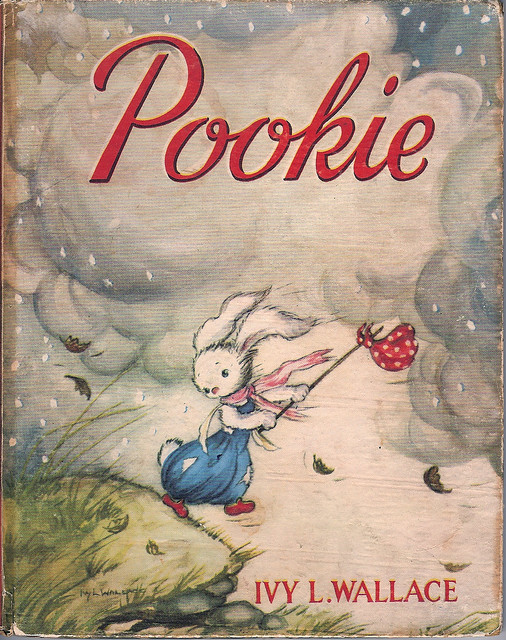
Never underestimate what kids learn from picture books. Trouble is, it’s not always what you want them to learn. Would kids even know the concept of monsters if they weren’t exposed to monsters in picture books; in picture books which are designed, no less, to teach kids not to be afraid of monsters? I have no idea.
Food is especially well-suited to the disgust reaction.
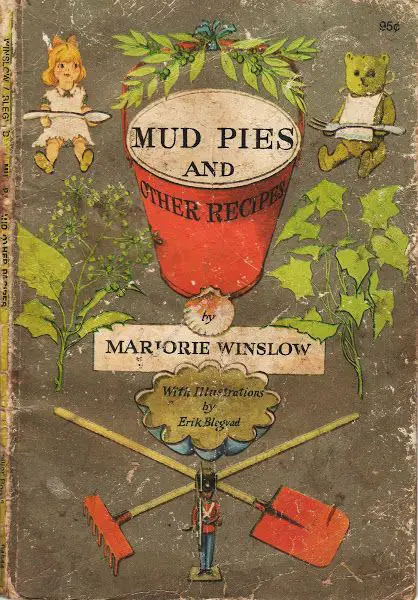
Another thing I see cropping up time and time again in picture books are green vegetables as a stock example of ‘yucky stuff’. TV Tropes calls this ‘stock yuck’: Broccoli, spinach, Brussels sprouts, cabbage. It’s not limited to food, but when it’s already a challenge getting kids to eat their greens, I groan when I come across brassicas as stock yuck in books for kids.
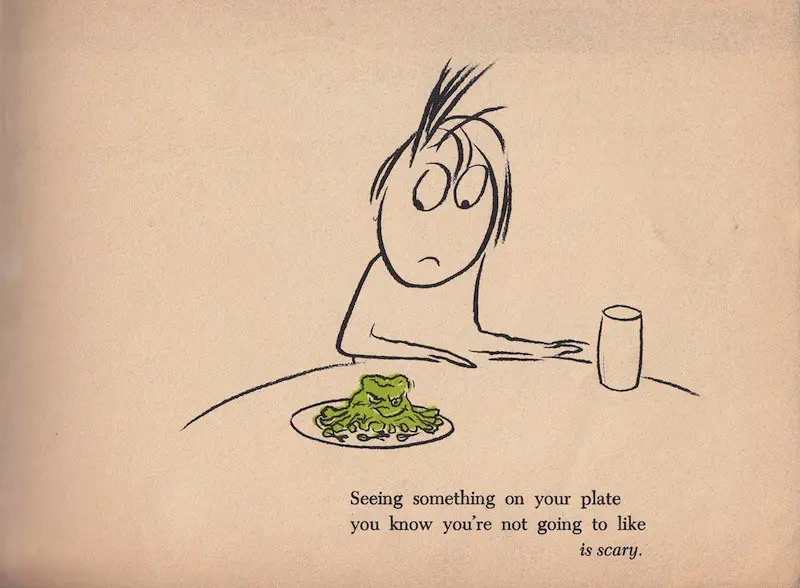
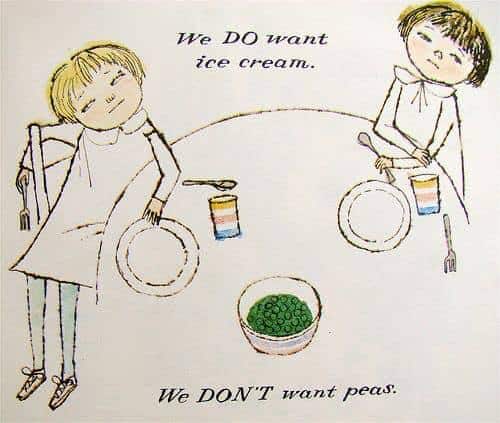
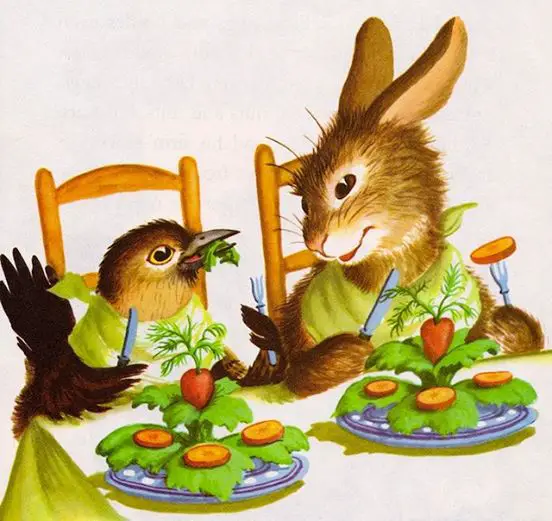
As TV tropes points out, there’s an evolutionary reason for a childhood aversion to green vegetables:
They actually taste different to children, and generally, they taste worse. Children are more receptive to bitter compounds in foods than adults (likely an evolutionary measure to prevent us from dying of plant poisoning while young), and tend to be put off by the bitter taste.
And from Slate:
How did broccoli become the poster child of the good-for-you yet ostensibly bad-tasting vegetable? Why didn’t Jeffrey seize on spinach, or Brussels sprouts, or peas as an example of produce that liberty-loving Americans would hate to be forced to buy?
Thing is, I’m not convinced that picturebooks can fight this particular big struggle with overt healthy eating messages. (Picturebooks with overt anything messages aren’t generally very pleasant to read, IMO.) Here are my pretty simple criteria when choosing picturebooks for our own daughter:
- Avoids glorification of highly processed junk food
- Avoids demonising the vegetables I want her to be eating
Hell, feeding kids is hard enough these days. I guess Obama knows that. (I call that a little green lie.)
Bear in mind that stock yuck is culture and era dependent.
In Lebanon, picture book قصة الكوى (The History of Zucchini) by Samah Idriss and Yasmin Nachabeh Taanis is a story about a child who doesn’t like zucchini. His mother invents a trick to get him to eat more of it — classic stock yuck.
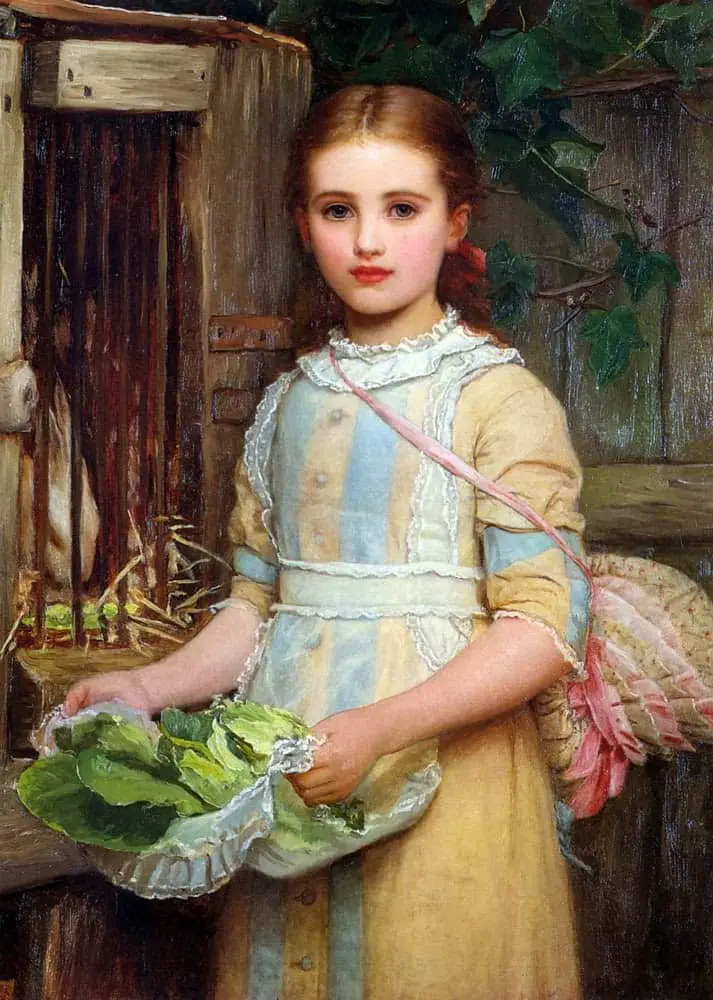
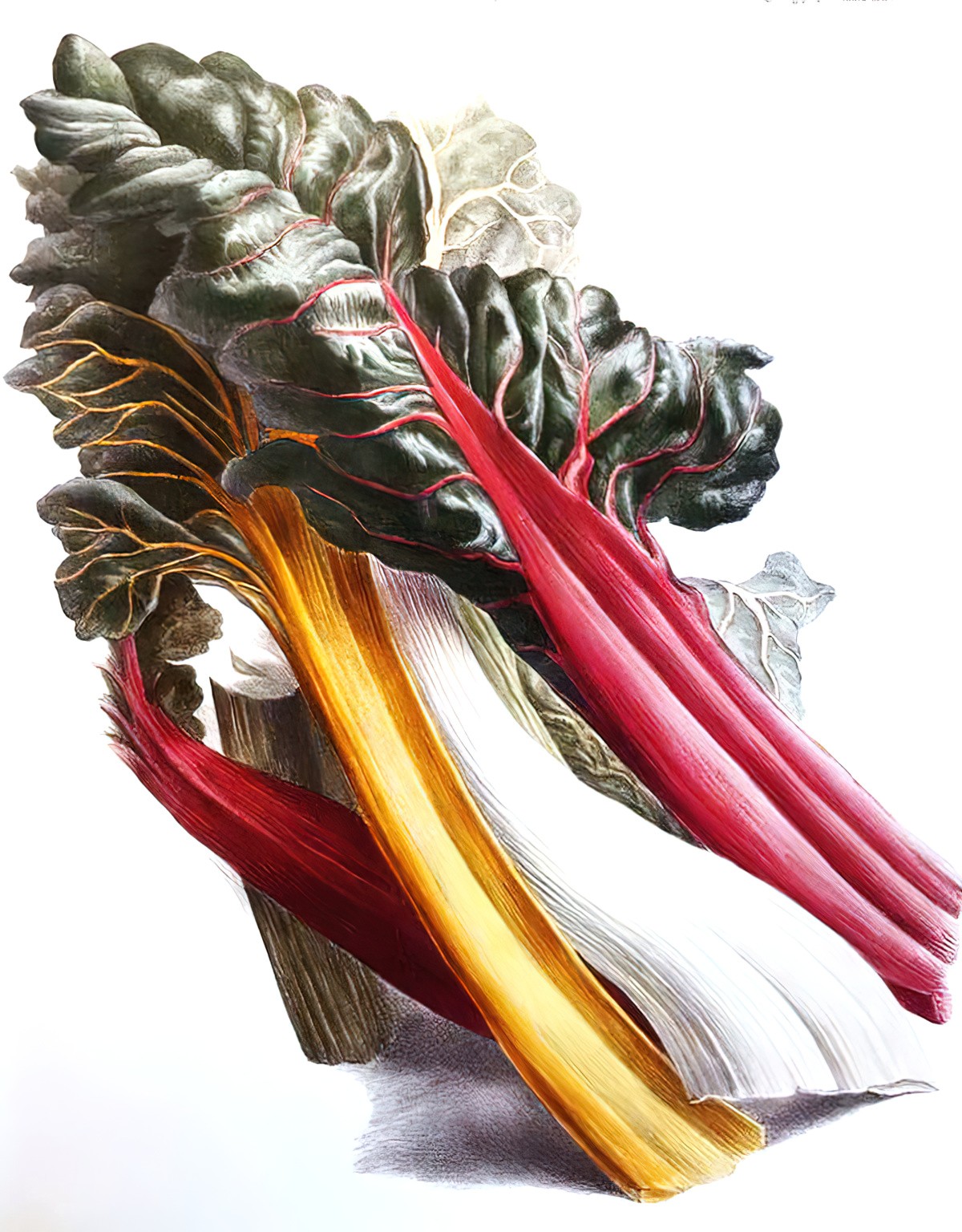
GETTING KIDS TO EAT VEGETABLES
When the three year old announced, ‘I don’t like green food’, it was as if she’d been reading some research about the taste preferences of toddlers. I tried to get more good food into her, struggled, struggled. Here are some interesting links I came across in my travels.
- A recipe which claims to include Vegetables Your Kids Will Eat from Extraordinary Mommy. I have yet to try it out.
- Kids Choose to Eat Vegetables If Their Plates Have Pictures of Vegetables Printed on Them, from Bon Appetit. The best place to find these, by the way, are in those cheap stores in malls which import a whole bunch of cheap crockery from Asia. I suspect Asian parents don’t have quite as much trouble getting their kids to eat their vegetables. I have a set of soup spoons with eggplants and celery people on them. They’re very cute. Everything I find in a typically Western store has cupcakes.
- Visual Cues Encourage Vegetable Consumption from Scientific American
- Esquire, though for men and not kids, has an article called A Foolproof Way to Make Any Vegetable Taste Good. It includes a bunch of fancy ingredients but as far as I’m concerned, it’s all about the butter.
- From Babble: Mom, May I Have More Spinach?

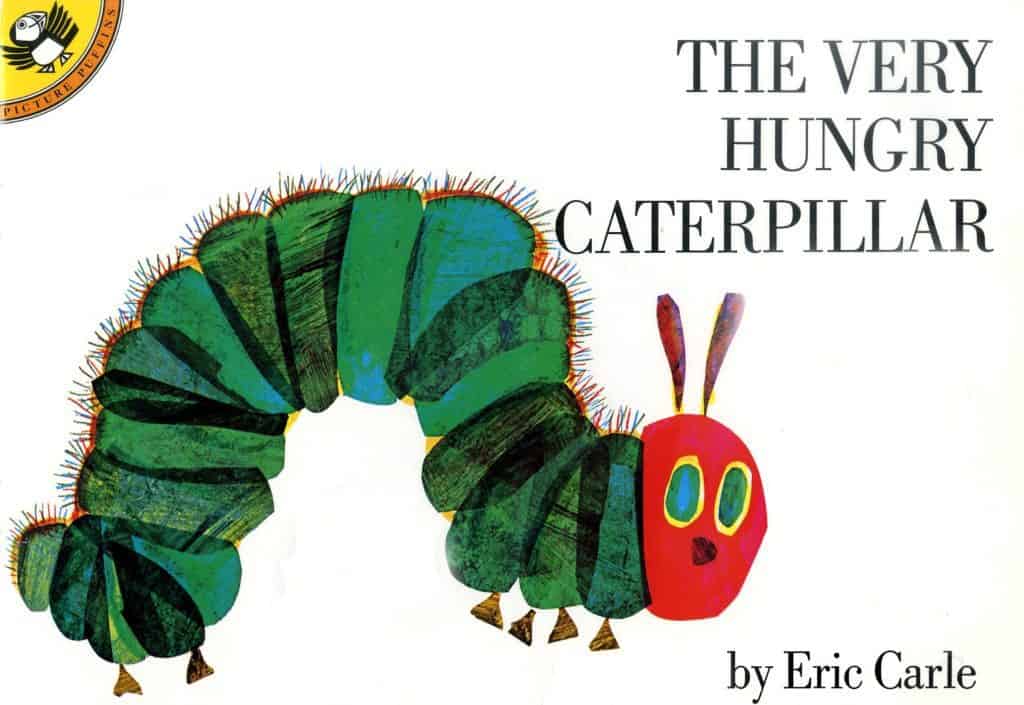
FURTHER READING
Food and Sex in Children’s Literature
Michael Pollan has a picky eater. Because sometimes there’s more to it than exposure.
Even in comics for adults, we all expect to see young characters actively avoiding the green stuff. This is the modern Nancy re-visioning.

PINKWASHING
Have you heard of pinkwashing?
Accepting the consequences of one’s actions is a theme in our house, so I hastily add a line in which McGonagall gives Harry a paper to write on the importance of following instructions. Then I underscore the responsibility of being on a team, so that getting to be seeker doesn’t seem entirely like a reward for bad behaviour.
I do this sort of on-the-fly editing all the time when reading to my 5-year-old. I call it “pinkwashing” after the scene in “Pinkalicious” in which the poor, discolored child must stomach horrible green vegetables as a cure for her unfortunate pinkness. She chokes down artichokes, gags on grapes and burps up brussels sprouts. The passage serves important narrative and stylistic functions, of course, but Emmett loves artichokes, grapes and brussels sprouts. He never complains about eating them, so rather than hint at a generation-long struggle against the tyranny of green veggies, I replace the negative verbs with positive ones. Pinkwashing.
Child Proofing Harry Potter
…the ad team visited an elementary school in Boulder, Colo., to get a better sense of what children thought about broccoli. This was a progressive school, certainly as far as food was concerned. The school district’s director of food services, Ann Cooper, was imported from Berkeley, Calif., where she once worked with Alice Waters; on the school’s grounds there was a garden where various fruits and vegetables were grown, to inspire the students to be connected to the source of their food. The team was encouraged when it heard that the students had generally positive feelings — until Cooper reminded them that children were only one part of the challenge and that the parents who actually bought the groceries were, by and large, part of a generation that viewed broccoli as “brown, squishy and smelly.”
Broccoli’s Extreme Makeover, NYT
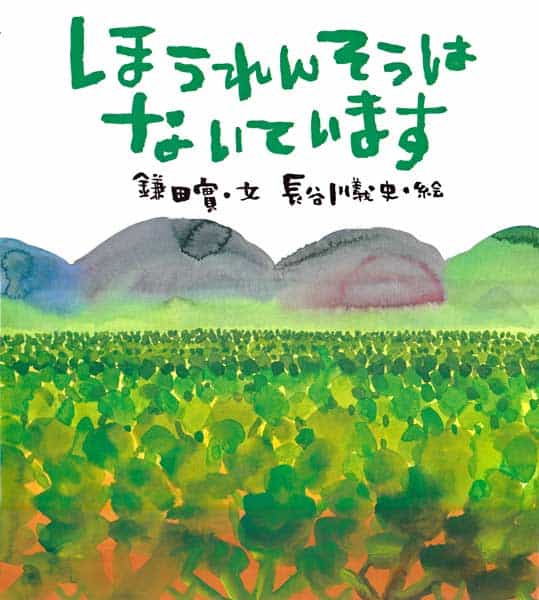
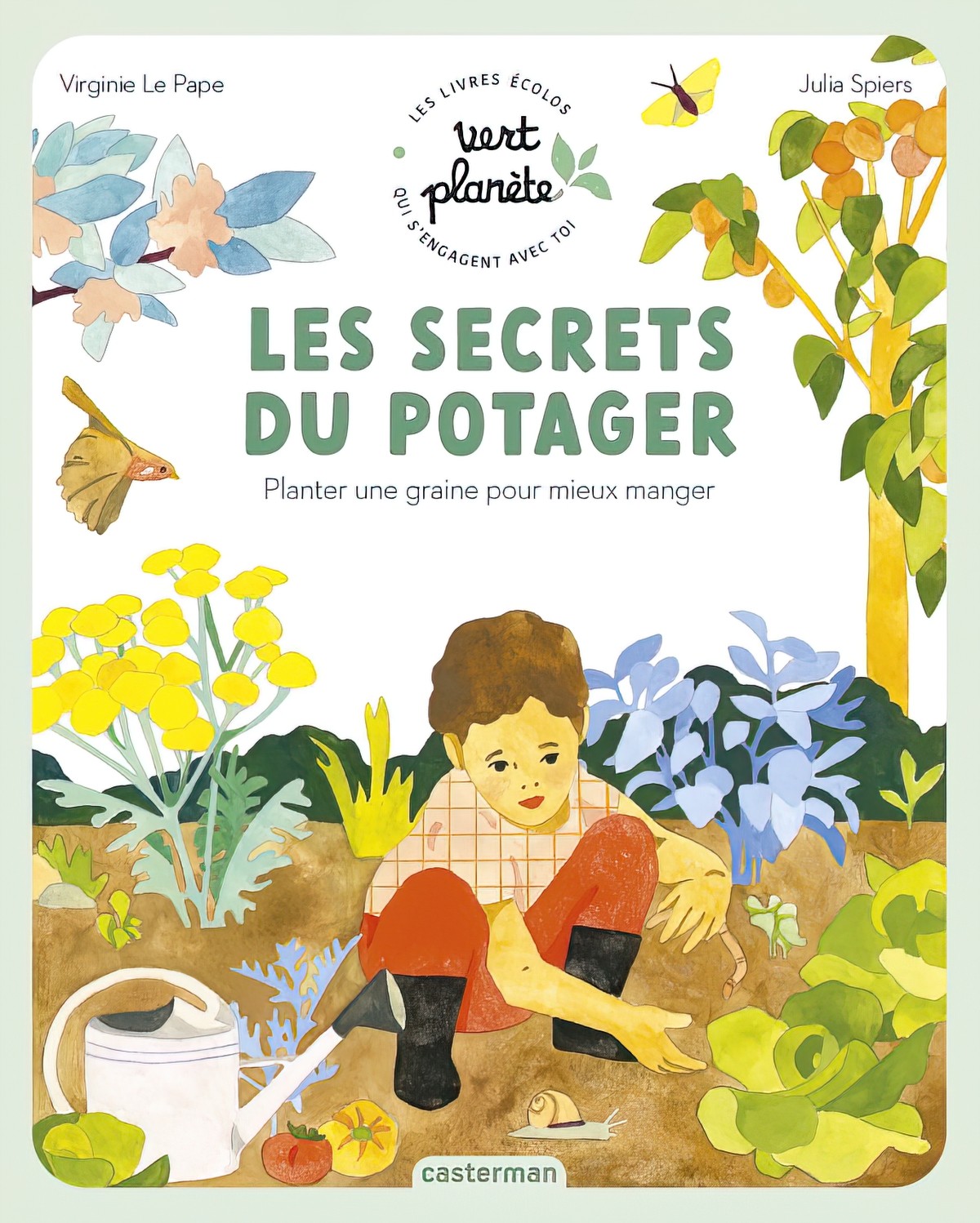
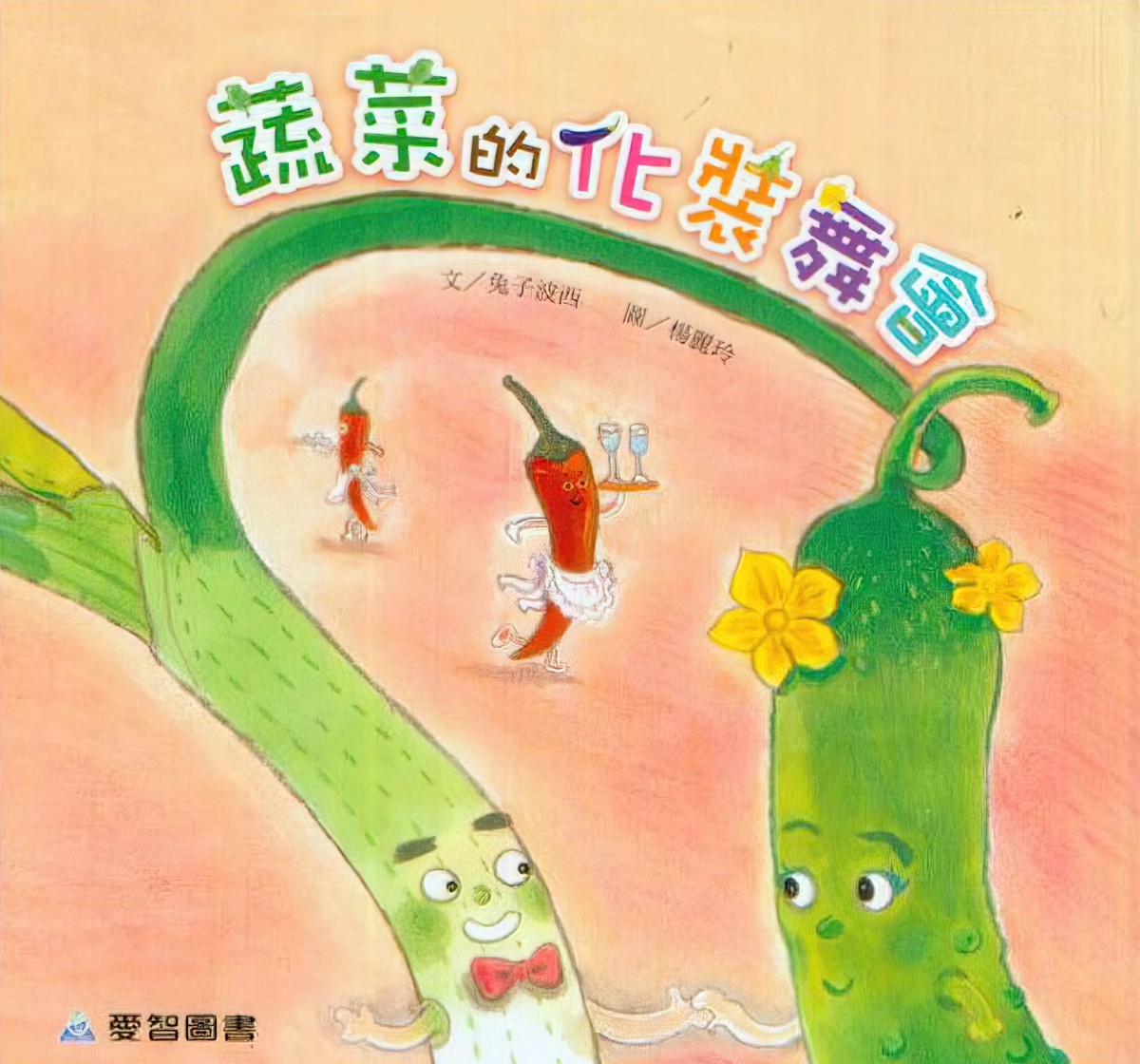
Header illustration: Charles Spencelayh – Helping Mother 1899
